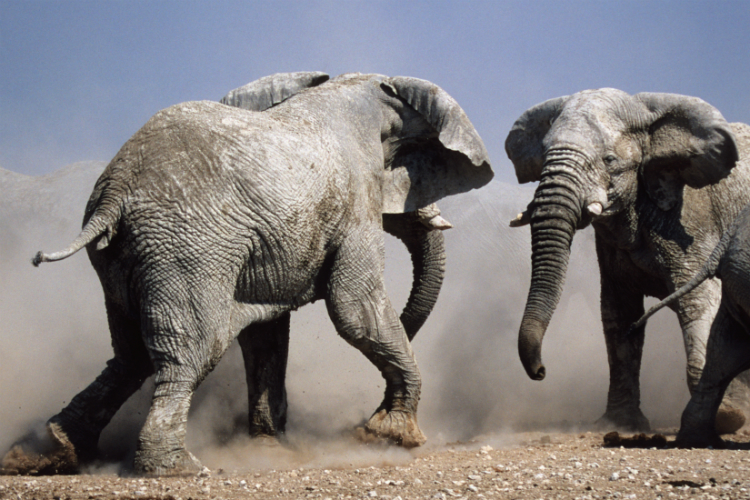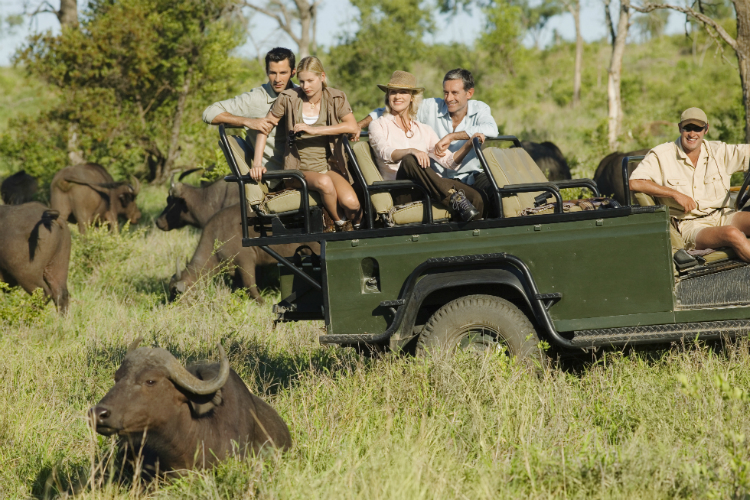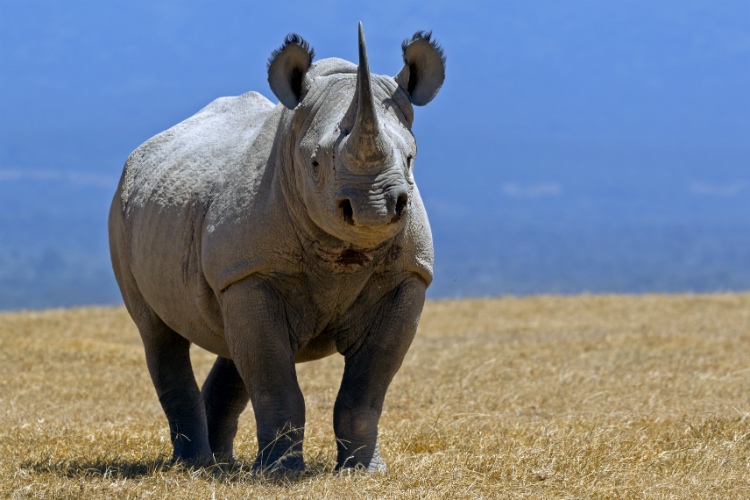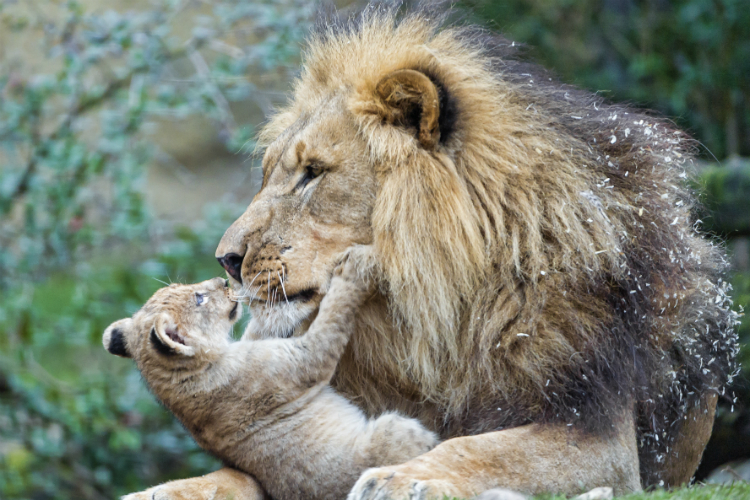What to do when you encounter dangerous animals
TIME : 2016/2/19 18:52:49
There's no better story than an encounter with a charging bull elephant. That said, you want to make sure you live to tell the tale.
Whether you are spotting the Big Five on a wildlife drive in Africa, staking out polar bears in Canada, or photographing wild monkeys in Asia, the first rule to remember is that a wildlife area isn't like Disneyland – The Lion King's Simba the lion and Ed the hyena don't exist beyond their animated cartoon versions. Unfortunately, each year travellers are mauled and killed by wild animals around the world.

Professional South African wildlife guide Kian Barker, who is also a zoologist and biologist, warns: 'When venturing into an animal world, you are on their territory. Not the other way around. Animals may be habituated to people in that they don't flee – many visitors wrongly assume an animal is domesticated or tame.'
When encountering dangerous animals in the wild, some basic – but often overlooked – rules apply.
Wildlife tours

- In the first instance, always opt for a guided tour with a professional, experienced guide over a self-drive expedition. Having said that, if you're uncomfortable with anything they do, say so. According to Barker, 'A guide can also push the boundaries.'
- Heed written and verbal warnings.
- Never (ever) feed animals.
- Don't anthropomorphise an animal, nor think you can predict their behaviour. Anything from a cold to an ulcer can aggravate an animal and affect its conduct.
Self-drive safaris

- Never get out of the car, not even for the irresistible, superlative wildlife snap. If you do alight at certain viewpoints where this is permitted, be alert to movement.
- Don't agitate animals to make them do something. Be patient. The animals move and interact normally when you give them space.
- Always tell someone where you're going and when you're due back.
- Be vigilant and alert to the mood of the animal – whether it's looking aggravated or relaxed. A grumpy buffalo is a killer buffalo.
- Always approach animals with caution and be aware of where you drive and stop. 'An elephant follows a specific path. If you're in the way it will simply toss the car aside,' says Barker. 'Or crush it.'
Wildlife walks

- Know something about the animals you might encounter. Don't display rash or sudden behaviour and always walk in open – never forested – areas.
- Try to walk in the direction of the wind. This way, animals know you are coming – they can hear and smell you.
- Store all food and take garbage – big brown bears will do anything to get into a food safe, as will hyenas.
- Know how to react before you are attacked. Learn when you would curl into a ball and play dead (polar bear); run away (elephant); stand your ground (lion – nothing turns a lion on more than fleeing prey); or run perpendicular to the animal and climb a tree (black rhino – extremely unpredictable and bad tempered but tend to charge in a straight line).
General advice

- Watch for baby animals – cute babies mean aggressive parents.
- Think small as well as big. Don't be distracted by the larger wildlife at the expense of 'little nuisances but big bothers' – ticks, mosquitoes, spiders, and so on. Use insect repellent, take anti-malarial precautions where necessary and tuck your pants into socks.
As for responding to an emergency? Always carry a first aid kit for the smaller problems... but obviously, for injuries, leave the area immediately and seek medical advice.




